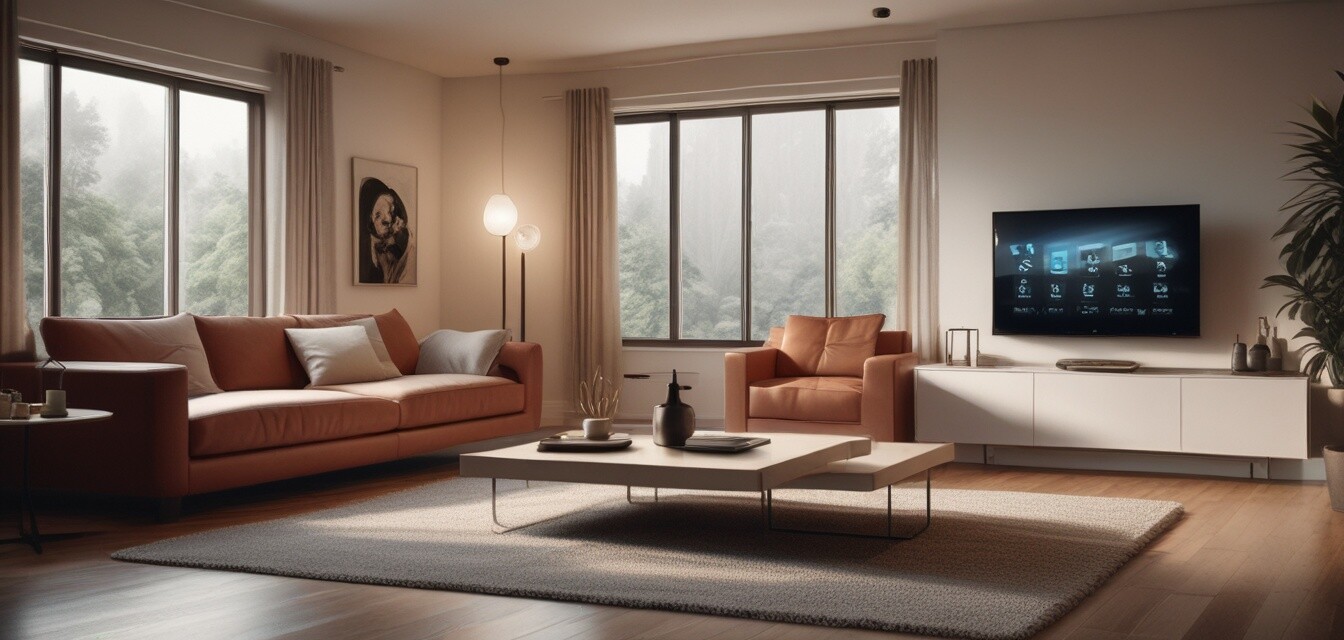
How to Set Up a Smart Home: Essential Devices You Need
- Learn about essential smart home devices that enhance convenience.
- Get insights on integrating smart lighting, security, and entertainment systems.
- Discover tips for maximizing efficiency in your smart home setup.
The concept of a smart home has become increasingly popular, offering homeowners an impressive array of conveniences and enhanced control over various aspects of their living space. In this comprehensive guide, we’ll explore essential devices that will help you create the ultimate smart home setup, maximizing efficiency and convenience.
Essential Smart Home Devices
Integrating smart devices into your home can seem overwhelming, but understanding the fundamental categories can simplify the process. Below are the key types of devices you should consider:
| Device Category | Key Features | Top Product Recommendations |
|---|---|---|
| Smart Speakers | Voice control, streaming music, home automation hub |
|
| Smart Lighting | Remote control, color customization, scheduling |
|
| Smart Security | Surveillance cameras, door locks, alarms |
|
1. Smart Speakers
Smart speakers are at the heart of any smart home setup. They allow for voice activation, can play music, and serve as a control center for all your other smart devices. Popular choices include:
- Smart Speaker 1
- Smart Speaker 2
Key Benefits
- Hands-free control of your devices
- Access to music, news, and weather updates
- Integration with other smart home products for seamless automation
2. Smart Lighting
Smart lighting can transform the ambiance of your home while saving energy. Look for options that allow for remote access and customization:
- Smart Bulb 1
- Smart Bulb 2
Features of Smart Lighting
- Schedule lights to turn on/off automatically
- Adjust brightness and color through an app
- Set moods for different occasions
3. Smart Security Systems
Enhancing your home security is essential. Smart security systems offer a range of options, including:
- Camera 1
- Smart Lock 1
Advantages of Smart Security
- Monitor your home remotely
- Receive notifications of suspicious activity
- Control access to your home through locks and alarms
Integrating Smart Devices
Once you have selected your devices, integration is key. Most smart home devices work with platforms like Amazon Alexa, Google Assistant, or Apple HomeKit, allowing for unified control.
Keep in mind compatibility with your existing devices and apps as well.
Pros and Cons of Smart Homes
Pros
- Increased convenience and control
- Potential energy savings
- Enhanced security features
Cons
- Initial investment cost
- Dependency on internet connectivity
- Potential security vulnerabilities
Key Considerations When Setting Up a Smart Home
- Prioritize your needs—identify which devices will enhance your lifestyle.
- Select a reliable platform that supports the devices you choose.
- Think about future upgrades to avoid compatibility issues.
Conclusion
Setting up a smart home can elevate your living experience, providing convenience, security, and energy efficiency. By understanding essential devices and their functions, you can create a sophisticated and enjoyable living space.
For more detailed insights on luxury electronic products, check out our Luxury Electronics category, showcasing premium audio and visual deals.
Tips for Beginners
- Start with a single category, like lighting or security, and gradually add devices.
- Read reviews and opt for products with good customer support.
- Engage with online communities for smart home users to learn best practices.

